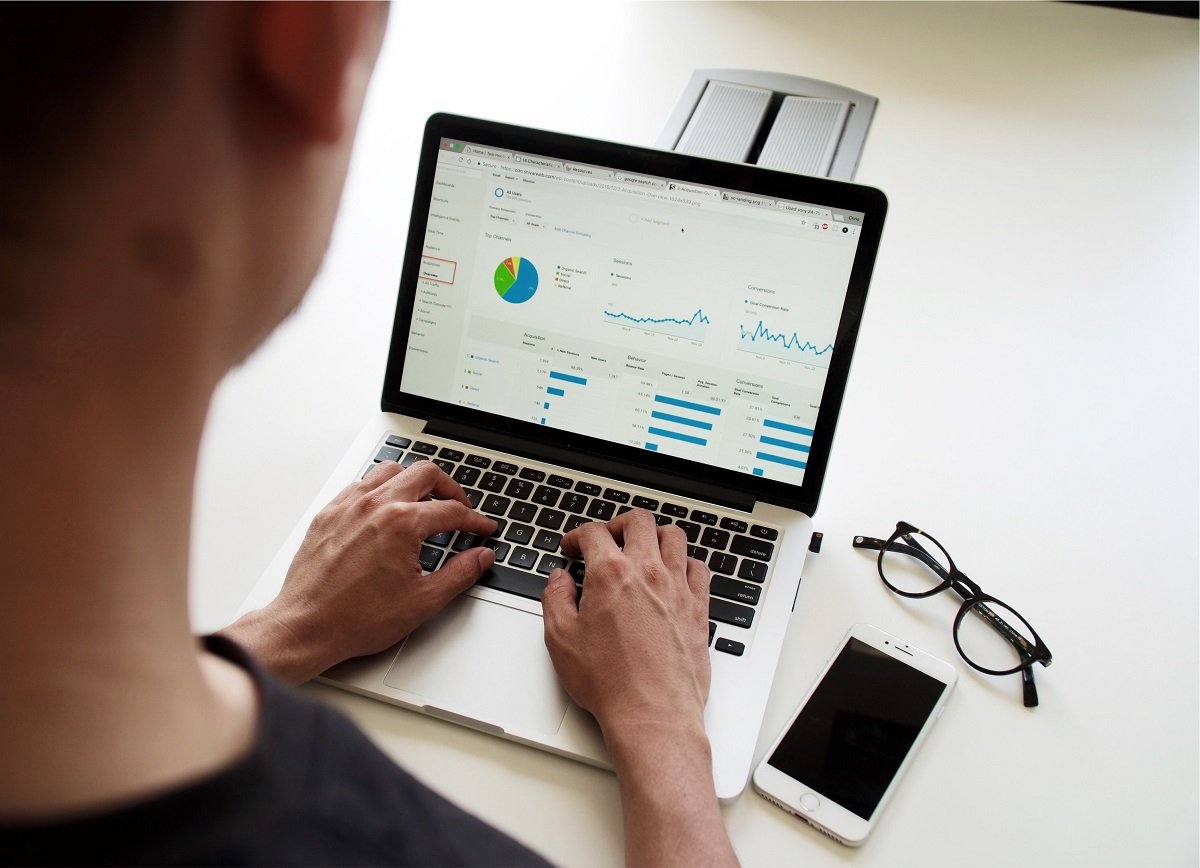
Make This the Year You Embrace HR Analytics

It’s a brand new year, and your HR team has goals! Recruiting goals. Talent development goals. DEI goals.
That is why implementing HR analytics technology should also be included in your goals. Because when you have access to accurate “people data,” it’s easy to track your progress toward those key objectives while spotting trends and emerging problems that may be brewing in your workforce.
Look at it this way: Your employees are, without question, the most important people in your company’s arsenal. Yet, you probably know much more about your clients and their behaviors than your employees. Chances are that your customer relationship management (CRM) program puts that data at your fingertips. HR analytics software kind of works the same way—except it’s collecting and collating data about your people and their activities.
If you’ve been procrastinating, consider that today, talent is more important than ever to your company’s success, and you need every advantage point you can get. HR metrics will give you that edge—and it’s yours for the taking.
HR Analytics Solutions Are Closer Than You Think
When analytics tools first surfaced in HR circles, they were mysterious and expensive—a luxury for only the biggest, best-funded enterprises.
But that is no longer the case. Today, all kinds of businesses are rapidly adopting HR analytics technology. In fact, in North America, the market is projected to grow at a compound annual growth rate (CAGR) of 13.2% over the next decade.
And it’s no longer just the big names. As end-to-end HR technology has become more available to mid-sized companies, up-and-coming businesses are adopting analytics software, too. In fact, according to LinkedIn, the number of HR professionals who list analytical skills on their profiles has tripled over the last five years.
Which raises another question: if it isn’t already, isn’t it time to add that skill to your profile, too?
Think Beyond the Spreadsheet
As a thoughtful HR professional, you crave accurate and informative insights about your workforce, both to make critical decisions and to contribute to your organization. Chances are, you’re already tracking some HR data manually—say, via spreadsheets.
When you automate the data collection process, you’ll save your department a lot of time, while gaining access to information you couldn’t collect manually.
What kind of information? Well, at Namely, our HR Analytics solution generates a wide spectrum of HR metrics—but these are the seven tools our clients use most often:
- Headcount Metric – This is our most popular analytics tool. The Headcount dashboard not only provides an at-a-glance overview of people coming and going, but it also lets you filter the data by various date periods and compare them, so you can track hiring and turnover rates over time—a must-have in 2023.
- Attrition Metrics – As retention has become a priority for many employers, this dashboard has become more valuable, too. It allows you to not only monitor the volume of exiting employees, but the reasons why—filtered by department, gender, job title, and manager. And because you can spot patterns, you can make adjustments to turn things around.
- Diversity Metrics – For many employers, improving diversity is a top HR goal for 2023. As the year unfolds, this dashboard will follow your diversity, equity, and inclusion (DEI) progress, tracking your people by ethnicity, age, and gender—broken down by location, department, job title, and more.
- Job Change Metrics – If one of your initiatives is to promote from within, you’ll value the Job Change dashboard, which will track your progress. Not only can you see who was promoted, but you can filter the data by ethnicity and gender—another measurement of your DEI progress.
- Salary Metrics – Ah, yes! The Salary Metrics tool is the one your CFO will want. It details total and median salary over time while allowing you to filter the results by gender, manager, etc.
- Time Off Metrics – Of course, you want your people to take their earned time off—it helps prevent burnout and keeps morale high. This dashboard tracks how many people are taking time off each month, as well as what type (leave, sick days, vacation, etc.), filtered by location, department, and more.
- Custom Reports – Our HR Analytics dashboard gives you the ability to create custom reports, so you can pull together the HR data you want to see, formatted exactly the way you want to see it.
There are many excellent reasons to make this the year you embrace HR analytics—at least as many reasons as you have employees. But here is the best part: if you’re a Namely client, you already have access to our complete HR Analytics solution. (Scope it out: login, go to “Analytics,” browse the dashboards—and voilà, soon you’ll have one resolution under your belt.)
And if you’re not a Namely client, but you’d like to know more, explore our HR solutions or request a call.
Want to keep up with new content in our library this year? Click here to subscribe to our newsletter.

See how Namely's flexible solution will help you streamline your HR processes by having your people, payroll, and benefits info all in on place.
Get a demoYou May Also Like
Get the latest news from Namely about HR, Payroll, and Benefits.
Thanks for subscribing!


Get the latest news from Namely about HR, Payroll, and Benefits.
Thanks for subscribing!



